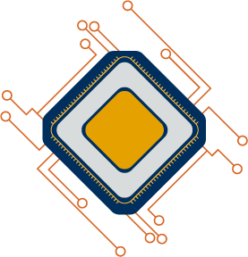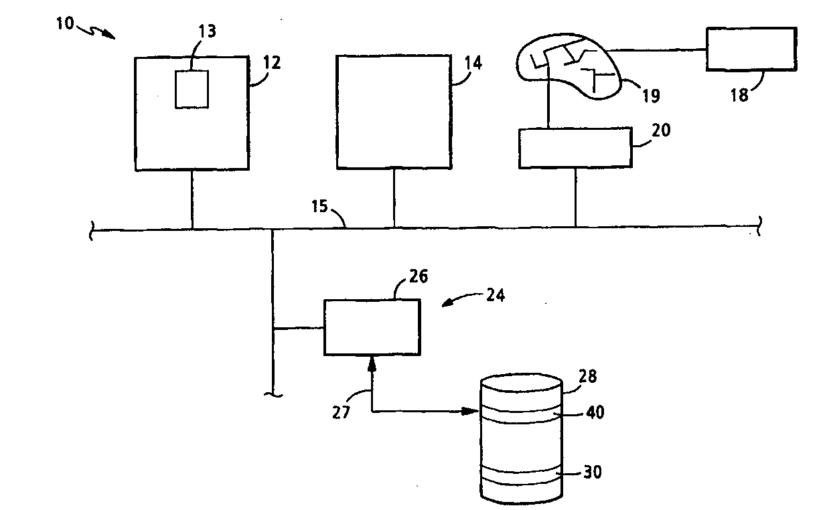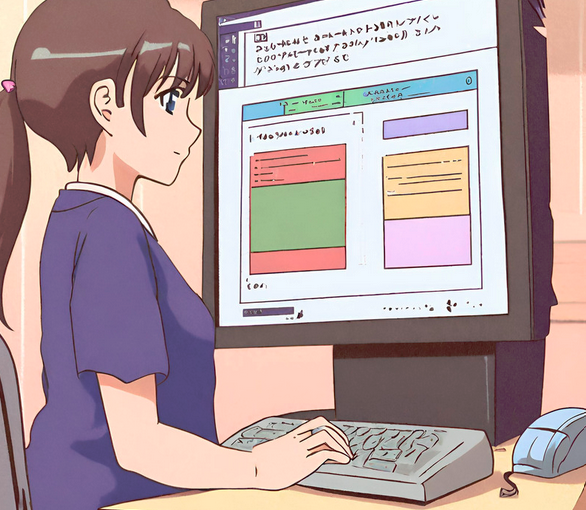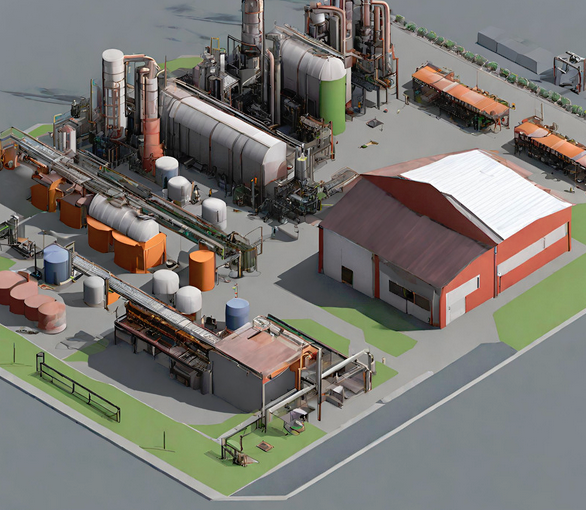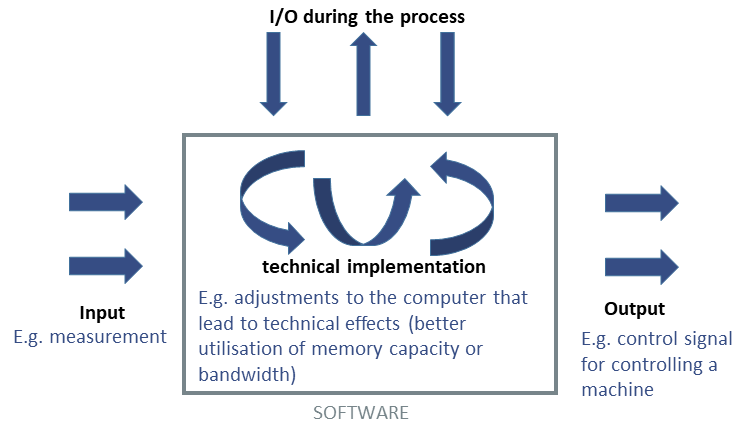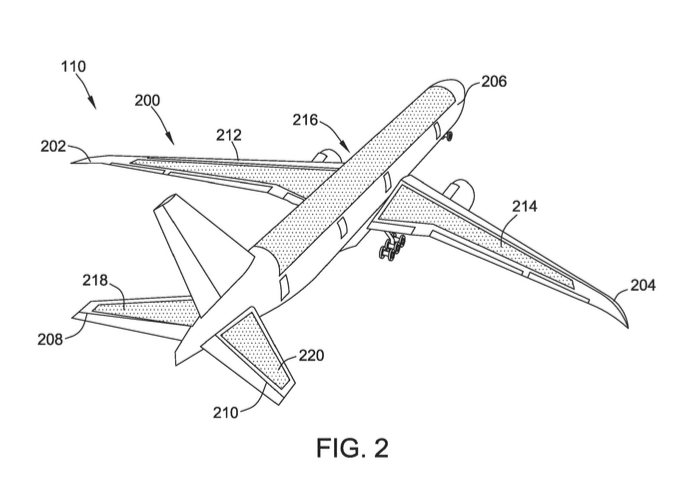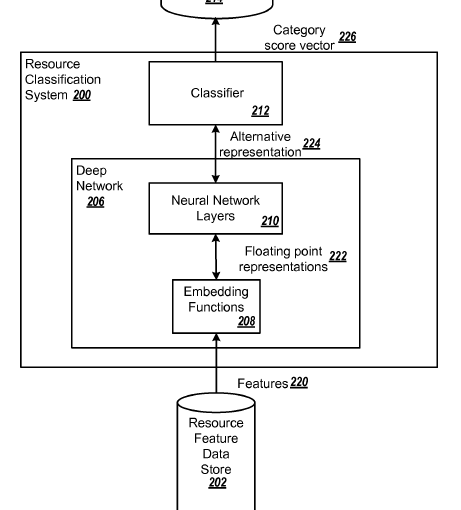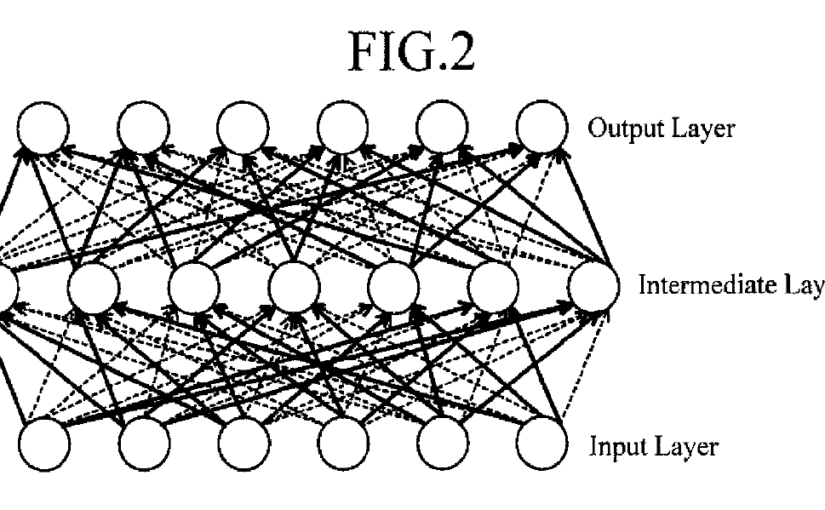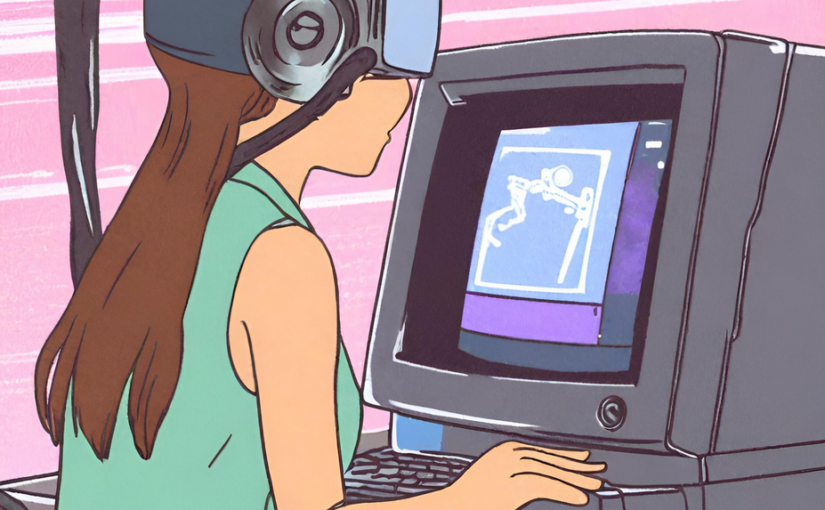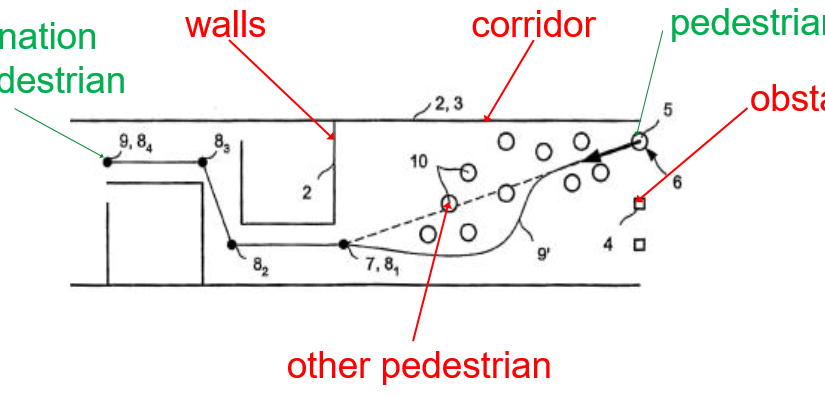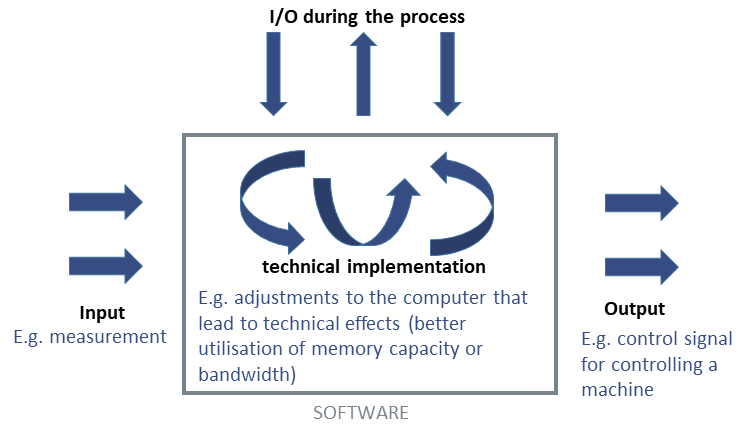In this case, the responsible board decides in particular whether input data is functional data / a physical entity or simply cognitive data.
Object of the Invention:
- Claim 1 relates to an apparatus for rebalancing a stock index
- stock indexes are used to track the performance of a group of stocks
- capitalization-weighted indexes are regarded as having the disadvantage that a few large stocks may dominate the overall performance of the index
- the invention is aimed at overcoming this drawback by scaling down large individual stocks and distributing the corresponding excess capitalization over the smaller stocks
- the output data of the apparatus correspond to the redistributed capitalization weights of the stock index.
Board I (inventive step):
- the hardware defined in claim 1 is well known as such
- the invention concerns the way data relating to stocks in a stock index are processed
- the computer implementation of this process must be assumed to be straightforward
Appellant I (inventive step):
- decisions T 115/85 and T 362/90 established the principle that automatic visual display of conditions prevailing or desirable in an apparatus or system was basically a technical problem
Board II (inventive step):
- the invention in the case T 115/85 was a method for displaying one of a set of predetermined messages
- each such message indicated a specific event which might occur in the input/output device of a text processing system
- this system comprised a processor, a keyboard, a display and a memory and would also require means for detecting events
- deciding board: “giving visual indications automatically about conditions prevailing in an apparatus or system is basically a technical problem”
- the Board cannot agree with the appellants that the present invention relates to an “apparatus or system” in the way these terms are used in decision T 115/85
- the data entering the system of claim 1 are “information relating to stocks”
- this is information of a descriptive kind having exclusively “cognitive content” in the sense of decision T 1194/97
- applying the test proposed in this decision for cognitive information as opposed to “functional data“, it can be seen that if stock information were lost the claimed apparatus would still function, ie still perform the algorithm and produce output data (although these data would be meaningless)
- presentations of information having merely “cognitive content” are as such excluded from patentability under Article 52(2) EPC and cannot contribute to an inventive step
- it appears necessary to point out that the nature of such information is irrelevant
- a description of a gear box may intuitively appear more “technical” than a play by Shakespeare, but in fact both are examples of data having only cognitive content
- the Board does not accept the appellants’ argument that the present invention provides visual indications automatically about conditions prevailing in a system in the sense of decision T 115/85 for the triple reason:
- that the conditions are outside the claimed system,
- that they are not detected by the claimed system but input to it in the form of descriptive data, and
- that the system in which the conditions prevail is of a commercial rather than technical nature
Appellant II (inventive step):
- the “information relating to stocks” in claim 1 represents physical entities and therefore has technical character.
Board III (inventive step):
- in T 208/84 a distinction is made between abstract concepts on the one hand and technical processes involving and modifying a “physical entity”, such as an electrical signal, on the other hand
- the present invention is not completely abstract since it involves electrical signals
- but the mere fact that an invention involves signals representing data does not necessarily imply that it solves a technical problem going beyond that of physically representing these data
- for example, information having only cognitive content is also conventionally represented by (electrical) signals
- decision T 208/84 therefore requires that the data should represent not just numbers but a “physical entity“
- the physical entity in that case was an image, and the invention aimed at restoring it if distorted
- in the case T 1194/97 the physical entity was a synchronization signal
- the data were thus in both cases “functional” because the degree of restoration of an image or the synchronisation state of a receiver are objectively measurable entities
- in both cases a technical effect was achieved by the functional nature of the data irrespective of their cognitive contents
- in the present case however the data represent nothing but numbers, arguably describing “physical entities“, which necessarily require interpretation by a human being without any further interaction with, or modification of, the technical system
- the data input to the claimed apparatus have no technical function
- the processing performed on them comprises classification, scaling and redistribution
- these steps concern exclusively the cognitive content of the data (their numerical value)
- this is pure information processing which is as such excluded as a mental act by virtue of Article 52(2) EPC
- the technical task is reduced to the implementation of the process on a conventional computer, something which was obvious for the skilled person –> no inventive step
